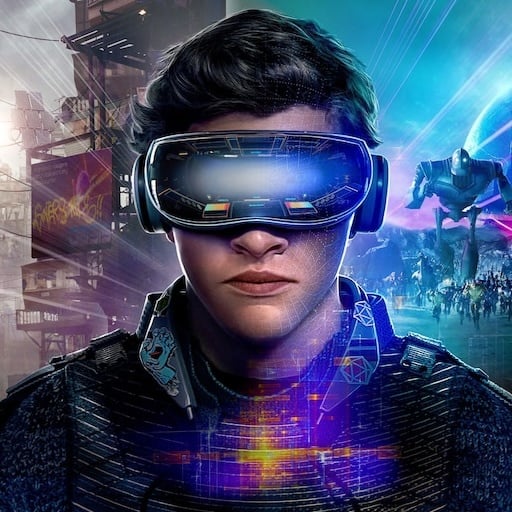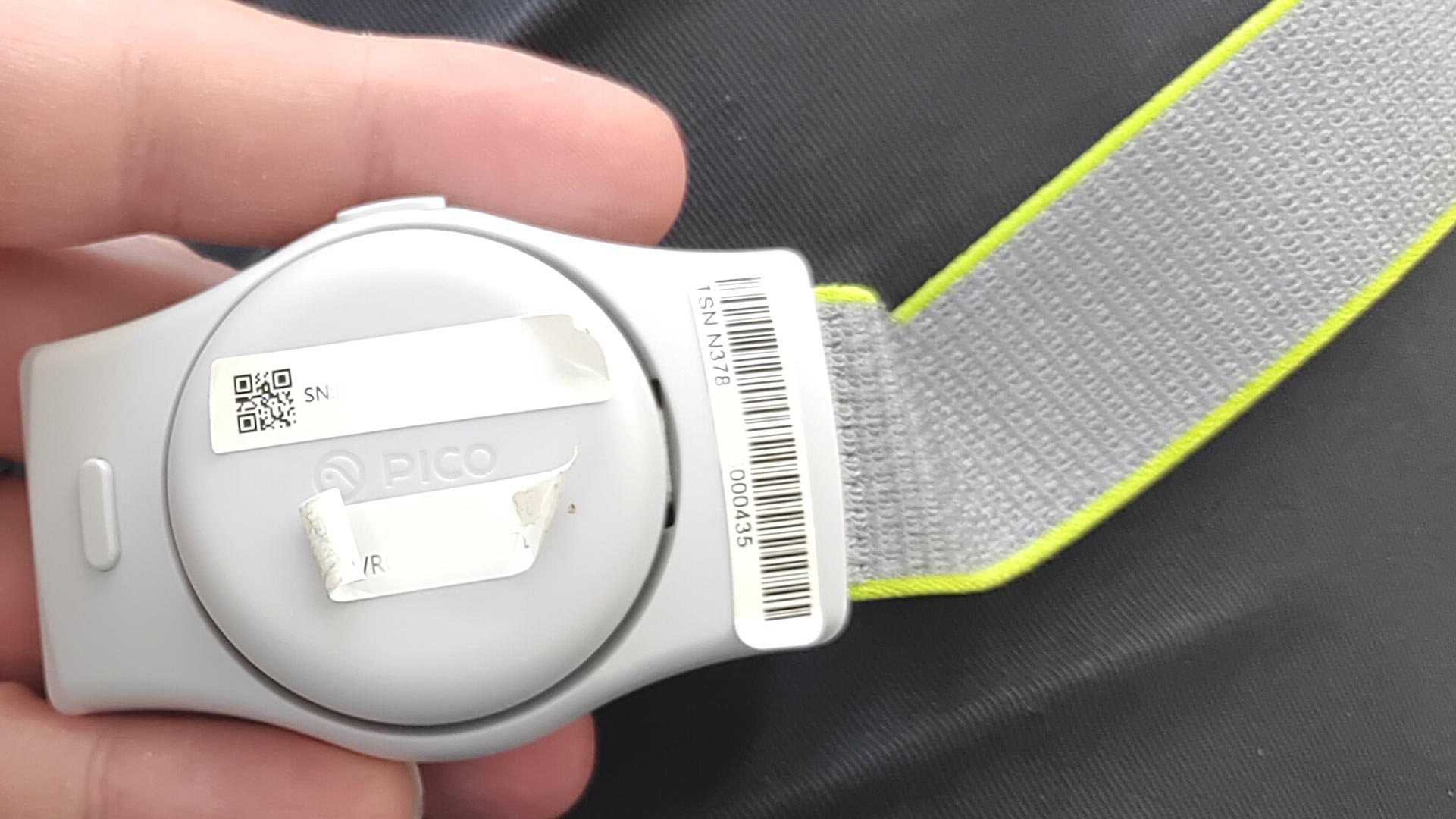You may wonder at this point how you can compare the Vive trackers with the Pico ones. Well, to me the comparison feels more or less like the one between SteamVR headsets and standalone ones: the first offer the premium expensive experience that works in all the cases, while the second ones work in most of the useful cases and are much cheaper.
Vive trackers relying on SteamVR offer very precise and reliable tracking, and thanks to the use of multiple base stations, they are usually not occluded. But they require an expensive SteamVR setup. The Vive Ultimate Tracker lets you get rid of the base stations and is able to track in all conditions without occlusions thanks to its onboard cameras. But they both cost around $130-150 each, a price to which you have to add the cost of the straps to wear them.
A Pico Motion Tracker is very cheap ($80 for a couple) and already comes with the strap to wear it. But it requires to be seen by a Pico 4 Ultra headset to work: if it is occluded, the tracking fails. Plus the accuracy is probably less than the sub-mm offered by SteamVR. But in most cases, like doing full-body VR in VRChat, Pico Motion Tracker is good enough, so its advantages overcome its shortcomings. A setup with a SteamVR headset, basestations, and 2-3 Vive Trackers, worth more than $1300, could be substituted by a Pico 4 Ultra and a couple of trackers, which are half of the price! This can truly be a game changer.



I see them as IMU trackers that can get location when in view of the headset. That means with 2 on you legs and 2 controllers in your hands, your arm and leg positions are (somewhat) tracked. I think just how the quest controllers can go a few seconds without be seen by the headset without any major tracking innaccuracies, these trackers will do the same thing.
Yeah. Put the trackers on your toes and it should work decent.